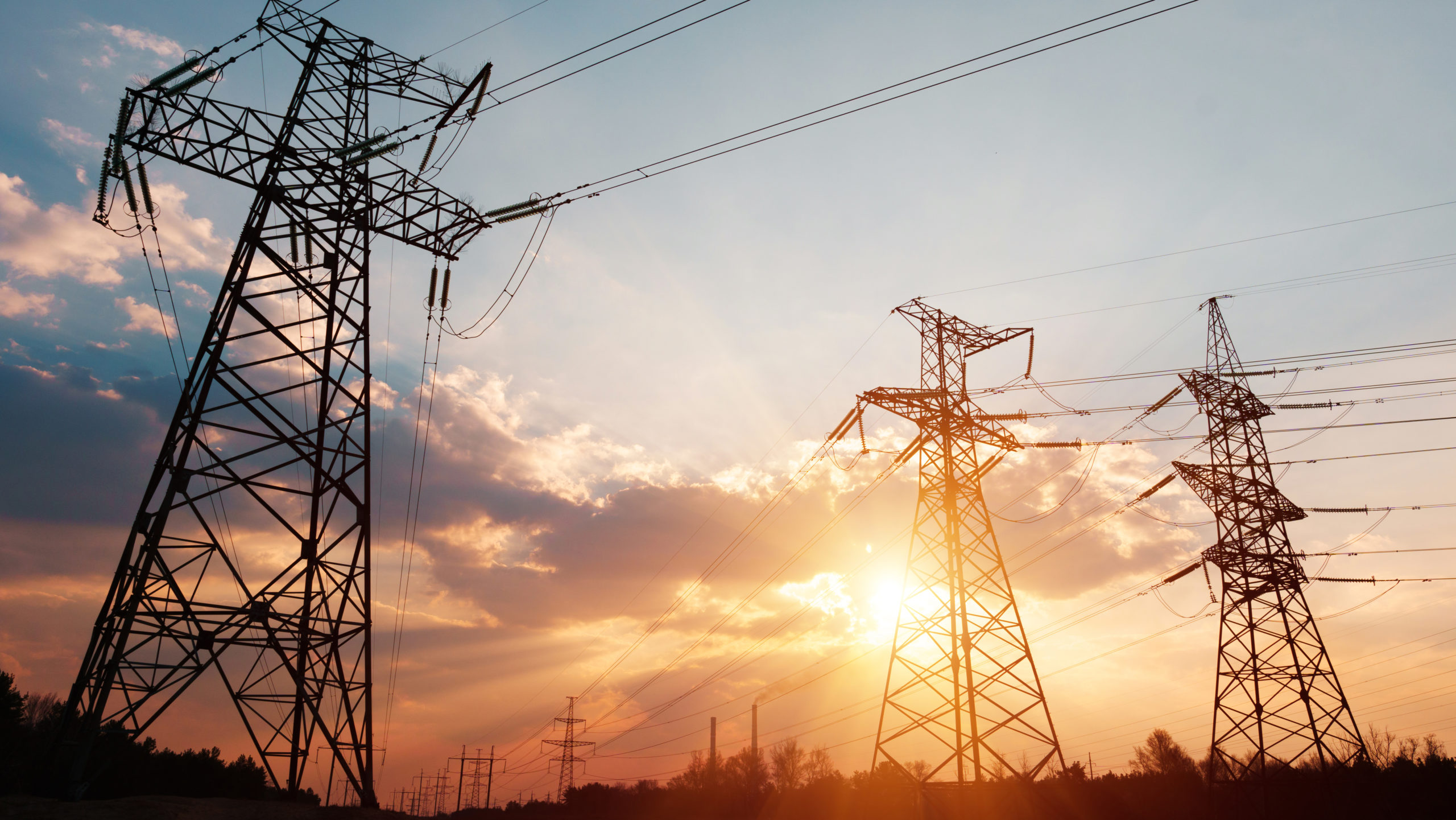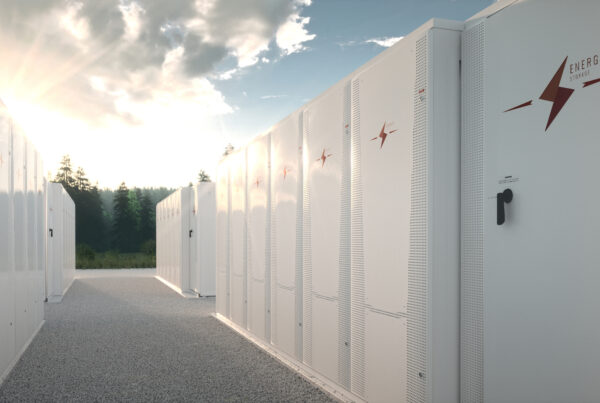
- Hydrogen can play a key role in the decarbonisation of the UK’s power system, providing a low-carbon alternative to gas-fired flexible generation, latest analysis by Aurora Energy Research shows
- Increasing renewable and nuclear generation capacity by an additional 7.5%, compared to Aurora’s base case, would produce the amount of hydrogen needed to fire peaking power plants by 2035, Aurora finds
- Replacing gas-fired peakers with hydrogen could save up to £90bn, compared to relying on short-duration energy storage for low-carbon flexibility
- Hydrogen-fired power plants would be cheaper to run than abated gas-fired plants when operating at low load factors and would not emit any carbon dioxide
How do we fully decarbonise the grid while keeping the lights on? This question is often hotly debated amongst energy policymakers, scholars, and industry leaders. The UK government itself is yet to have an answer—despite its pledge to decarbonise the national power system by 2035, if existing policies are implemented, the country would remain reliant on unabated gas-fired generation1 in 2035, Aurora Energy Research forecasts. Some unabated gas-fired plants would operate flexibly, coming online when nuclear, wind, and solar assets are not generating enough power to meet demand. These so-called “peaking” plants would generate around 1% of Britain’s total power output in 2035, but account for 11% of total annual power sector emissions.
Hydrogen can replace gas as Britain’s source of flexible generation, latest analysis by Aurora Energy Research finds, offering a cheaper and zero-carbon alternative. Aurora will present these findings at its 2022 Hydrogen Conference.
The UK can produce all of the hydrogen needed to fire peaking plants by 2035 using renewable and nuclear electricity, Aurora’s modelling shows. Under Aurora’s base case, 8 TWh of renewable generation would be curtailed2 in 2035. This surplus power could be used to produce hydrogen via electrolysis, creating an additional revenue stream for renewable generators as well as a zero-carbon fuel for peaking plants. Electrolysers would need 13 TWh of input electricity to produce the amount of hydrogen needed to fire peakers instead of gas under Aurora’s base case, 5 TWh short of forecast curtailment. Installing an additional 7.5% renewable and nuclear capacity by 2035, relative to Aurora’s base case, would enable curtailed generation to meet peakers’ hydrogen demand.3
Replacing gas-fired peaking plants with hydrogen-fired peakers by 2035 would cost £21bn, Aurora calculates. This includes the costs of the required renewable and nuclear additions and the installation of 10 TWh of interseasonal hydrogen storage, needed to address the discrepancy between forecast periods of high renewable curtailment and peak power demand. The total cost is up to 82% lower than the cost of relying on batteries alone to offset solar and wind variability. Replacing gas-fired peakers with two-hour batteries by 2035 would cost £112bn, while replacing peakers with four-hour batteries would cost £82bn, Aurora’s modelling shows. New-build gas plants with Carbon Capture and Storage (CCS) are more competitive—replacing unabated gas-fired peaking plants with new abated gas plants would cost £22bn.
The case for hydrogen strengthens when considering operations. Hydrogen-fired peakers would be cheaper to run than abated gas plants at the low load factors necessary for flexible generation, Aurora finds. The levelised cost of electricity (LCOE) generated by a hydrogen-fired power plant commissioned in 2030, operating at 10% of its total generation capacity, would be up to £47/MWh—or 20%—lower than the LCOE for an abated gas plant commissioned in 2030, operating at the same load factor. The spread between LCOEs for hydrogen and abated gas plants widens as load factors fall, climbing to £400/MWh—or 53%—at 2.5% load factors.
Anise Ganbold, Head of Research, Hydrogen, at Aurora Energy Research commented:
‘With more and more solar and wind generation in the power mix, the grid will need sources of dispatchable power to meet demand. We compared the cost of using hydrogen-fired peaking power plants with new abated gas plants and found the former to be more economic, both on an LCOE basis and total capex spend.’
1 Gas-fired generation without Carbon Capture and Storage
2 Generation is curtailed when renewable power plants are disconnected from the grid. Some generators choose to disconnect assets from the grid when renewable power supply exceeds total power demand, causing power prices to fall to zero. Generators can also be instructed to disconnect assets when renewable power supply exceeds the capacity of the local transmission network, preventing power from being delivered to consumers. National Grid ESO issues these instructions.
3 Under this “balanced” scenario, curtailed renewable generation would total 11 TWh, while the input electricity needed to produce enough hydrogen to fire peaking power plants would also total 11 TWh.
– ENDS –
MEDIA CONTACT
Megan Tracey, European Press Officer
megan.tracey@auroraER.com | +44 (0)7810 817354
ABOUT AURORA
From its Oxford academic roots, Aurora Energy Research has grown to become the largest dedicated power market analytics company in Europe, providing data-driven intelligence for strategic decisions in the global energy transformation. We are a diverse team of more than 170 experts with vast energy, financial, and consulting backgrounds, covering power, hydrogen, carbon, and fossil commodities. We are active in Europe, Australia, and the US, working with world-leading organisations to provide comprehensive market intelligence, bespoke analytic and advisory services, and cutting-edge software.






